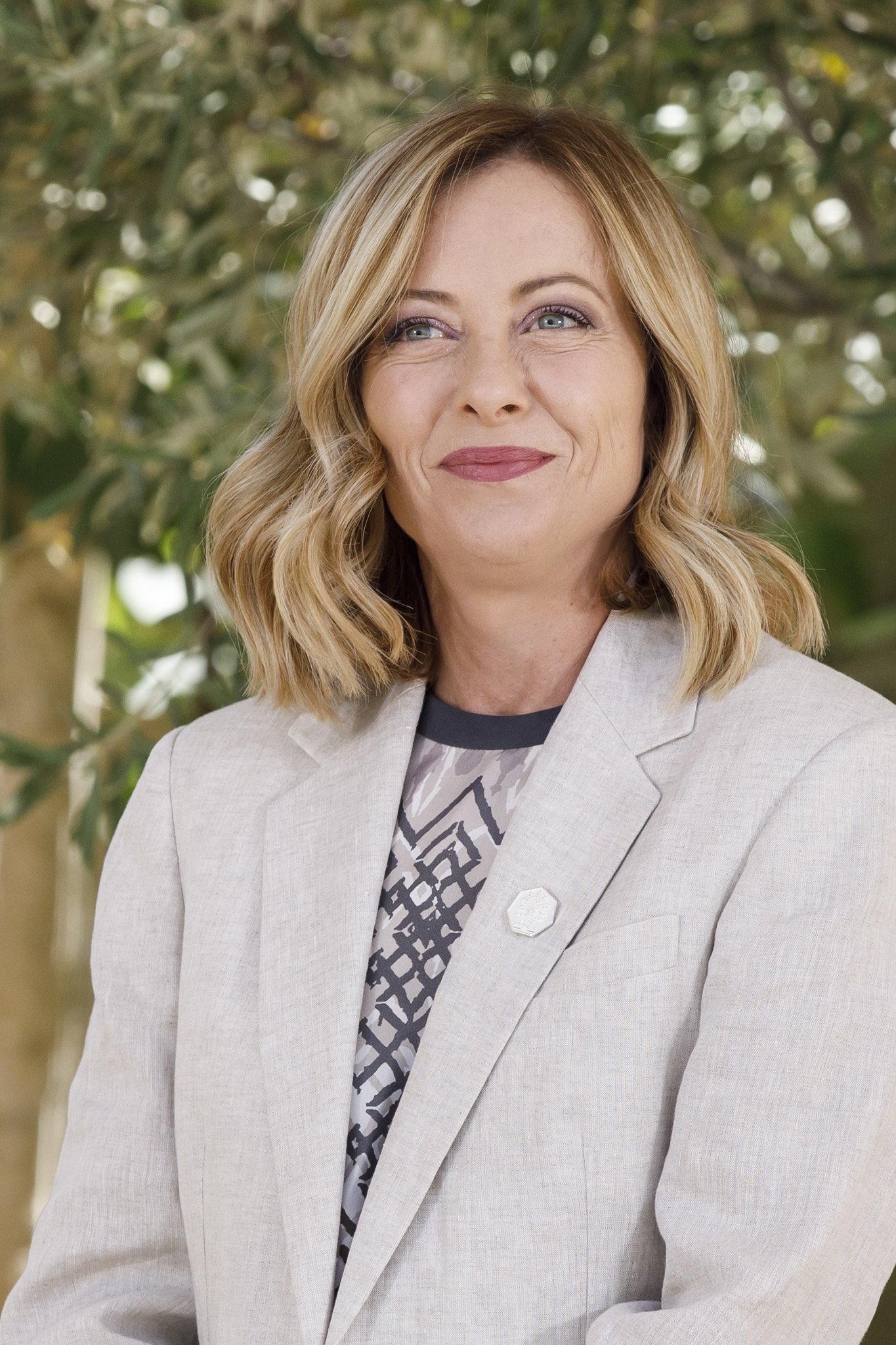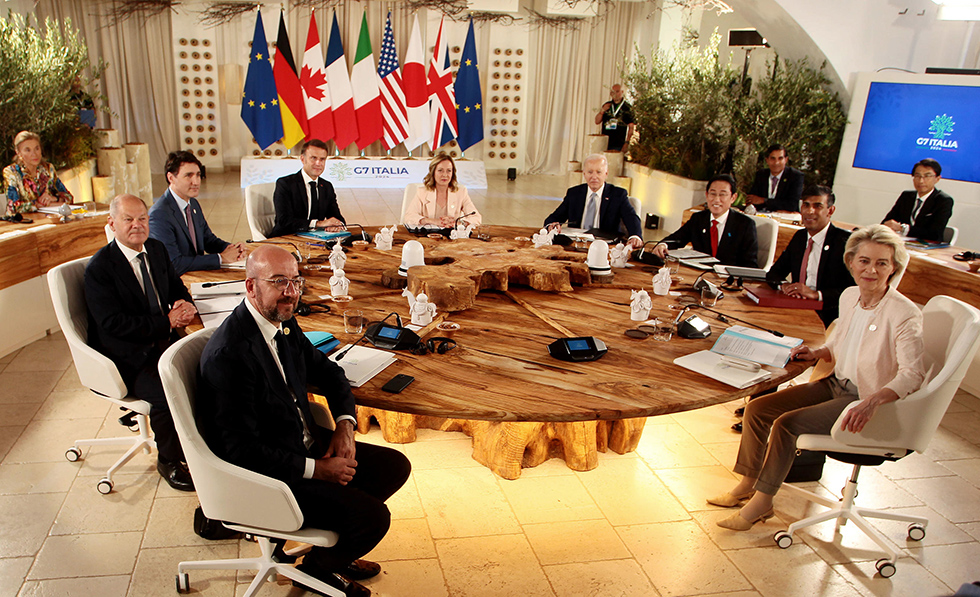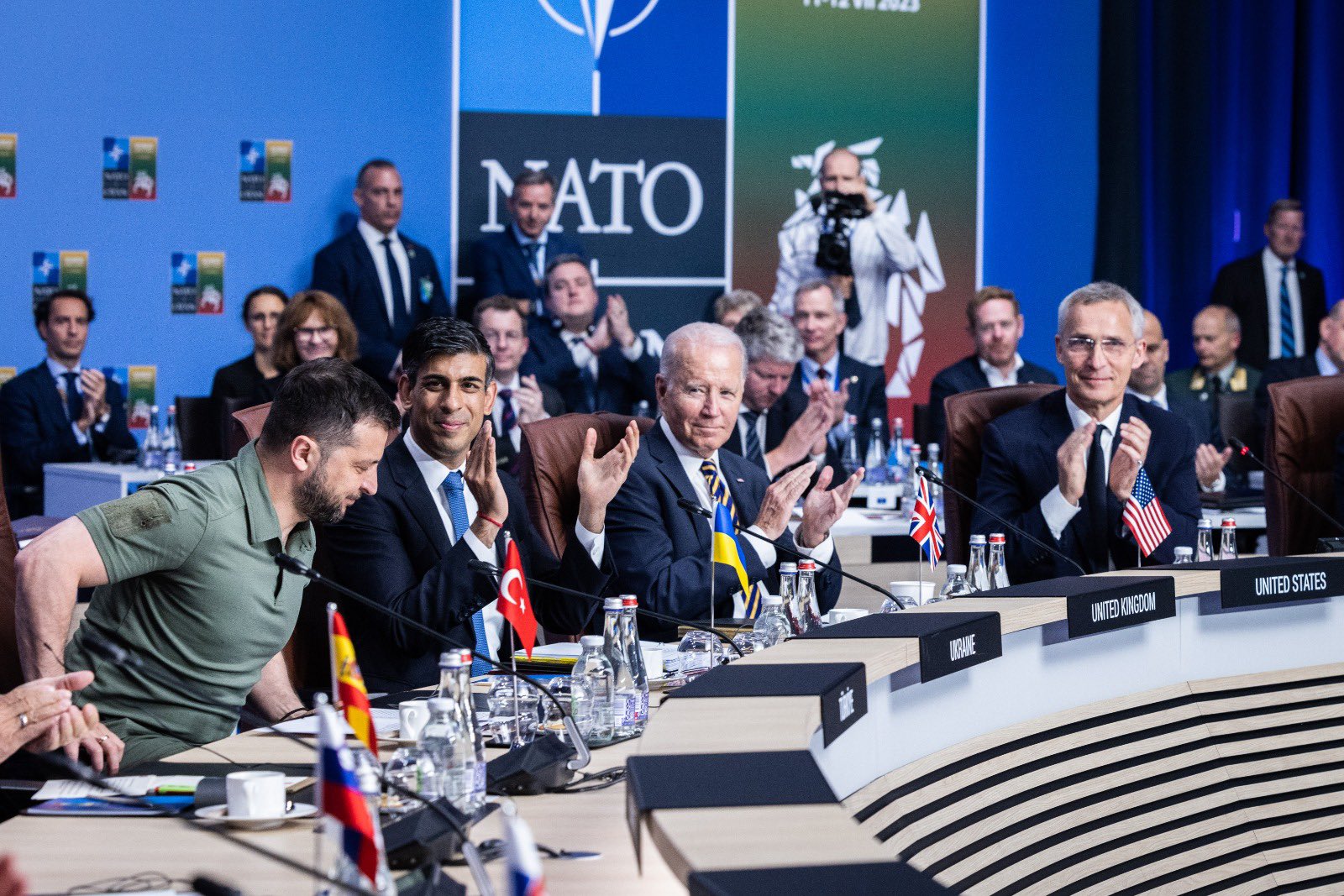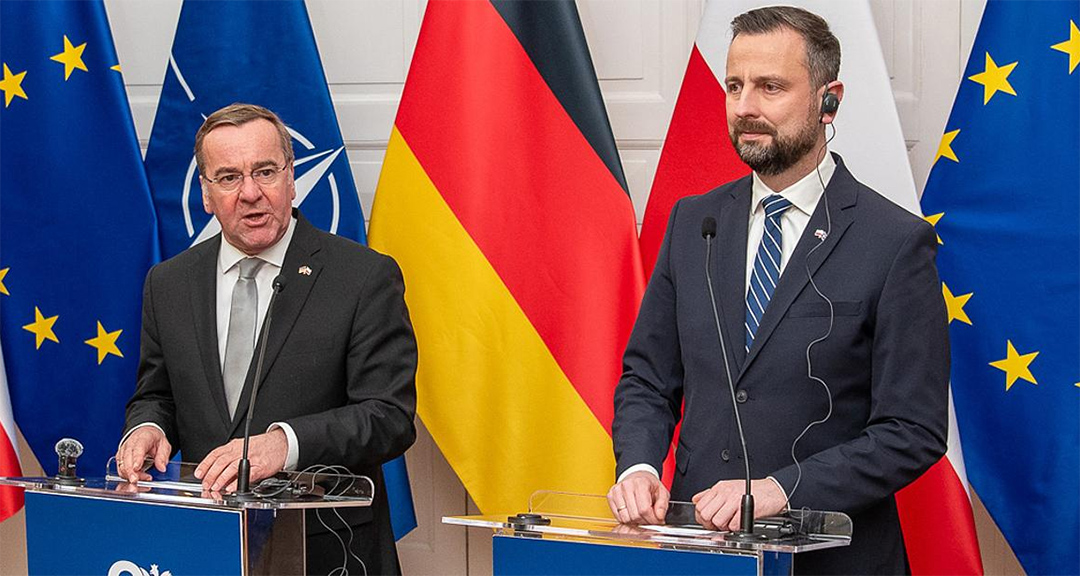The G7 summit held in Apulia, southern Italy, focused on the war in Ukraine, the conflict in Gaza, issues in Africa, illegal migration, and China’s aggressive trade expansion. Sustainable development goals, including climate challenges, were also extensively discussed. Five of the eleven points in the summit’s communique preamble were dedicated to these issues. Another point addressed the challenges of AI, which can also be linked to sustainable development topics. In reality, we witnessed coordinated efforts to prevent World War III. No less than that.
The 2024 G7 Summit was fundamentally different from the 2023 summit. Whereas a year ago in Hiroshima, leaders primarily considered potential risks, in June 2024, they coordinated actions to extinguish an already started fire.
The main distinction of the 2024 G7 Summit lies in the more concrete declarations and statements. Last year, the focus was on possible threats and challenges, but this year, these threats and challenges are clearly seen as already realised.
In the previous year, the preamble of the G7 Summit communique placed the war in Ukraine at the forefront, although it only received 11 lines in a 40-page document. Among the six points listed last year, none addressed already realised threats. For instance, the second point last year focused on nuclear non-proliferation efforts. However, in the 2024 final document, the issue of global nuclear non-proliferation did not make it into the list of eleven urgent problems in the preamble. Instead, the war in Ukraine occupied nearly one-tenth of the entire text.
While the topic of global nuclear non-proliferation is still present in the 2024 G7 document, it is now positioned towards the end. Yet, this does not mean it was forgotten. The nuclear threat was addressed more clearly and specifically, tied to the sources of the threat rather than discussed in general terms as last year. The largest section of the 2024 communique, which focused on the war in Ukraine, stated: “We strongly condemn Russia’s irresponsible and threatening nuclear rhetoric and its strategic intimidation, including the announced deployment of nuclear weapons in Belarus.”
Nuclear weapons were also mentioned in the 2024 G7 summit conclusions concerning Iran’s plans to develop its own nuclear weapons and in the section on security in the Indo-Pacific region, specifically addressing the nuclear threat posed by North Korea.
Hotspot on the Map of Europe
The largest war on European soil in the past 79 years was a key focus of the 2024 G7 Summit. The perception of the issue’s severity has significantly changed both in Europe, where four of the seven G7 countries are located, and in other leading nations. It appears that over the past year, at least three key points have been understood:
- The threat from the war in Ukraine has significantly exceeded regional boundaries.
- The measures to deter the aggressor, Russia, have proven to be insufficient.
- The cost of this war for Europe and developed countries, in general, is rapidly increasing each month. This fact demands a swift increase in efforts by developed countries to assist Ukraine and to increase pressure on the aggressor nation, Russia.
For the first time, substantial sums of seized Russian funds have been announced for Ukraine’s benefit, with the extraordinary news that Kyiv can use these funds for defence against Russian aggression. “We intend to disburse this funding through several channels that direct funds to military, budgetary, and reconstruction needs of Ukraine,” stated the communique.
The proposed mechanism is legally sound – loans guaranteed by blocked Russian assets. It was also highlighted that the unblocking of Russian assets will only be possible after Russia compensates Ukraine for the damage caused. Currently, the estimated damage, according to the World Bank, which G7 bases its decisions on, exceeds $486 billion. However, it is highly likely that this figure will significantly increase by the end of the war, as Russia continues to destroy Ukrainian cities and towns and kill Ukrainian citizens daily. During the week of the summit alone, Russia attacked Ukraine with over a hundred heavy drones and several dozen missiles – cruise, ballistic, and hypersonic. Additionally, Russia uses hundreds of glide bombs daily, which destroy cities near the front line. Of course, most of these weapons are intercepted by Ukrainian air defences, but some reach their targets and cause damage.
Developed countries have unequivocally stated that they will not allow Russia to use the factor of time to exhaust Ukraine’s economy, which is significantly smaller in scale than Russia’s. This is precisely the aim of the announced scheme to use blocked Russian funds.

Photo: “This is an unexpected result, of which I am particularly proud” – Italian Prime Minister Giorgia Meloni on the programme to finance Ukraine with frozen Russian assets. Source: X (formerly Twitter) Giorgia Meloni
“This is a Fundamental Political Step”
Italian Prime Minister Giorgia Meloni:
“I confirm to you that we have reached a political agreement to provide Ukraine with additional financial support of approximately $50 billion by the end of the year through a loan mechanism, where the repayments can use the profits from Russian assets mobilised in our jurisdictions. We are clearly not talking about confiscation of these assets but about the interest accrued over time. You understand well that today this is a fundamental political step that now needs to be quickly defined technically, clearly considering the European Union’s framework, but it is an unexpected result of which I am particularly proud.”
And it truly was a turning point. The G7 effectively recognised that Russia’s aggression against Ukraine is a real threat to the global order. The destruction of Ukraine as a state could trigger a chain reaction elsewhere. Therefore, during the summit, it was unequivocally declared that military aid to Ukraine will be provided, that Russia’s financial capabilities to fund the war will be suppressed, and that third countries must not assist Russia in maintaining its military potential. Among third countries, only one was specifically mentioned – China. Regarding the financing of Russia’s war budget, the practice of exporting Russian oil circumventing sanctions was highlighted.
We will soon see what exactly will be implemented in the next packages of sanctions against Russia. To achieve the declared goal, sanctions must not only be lethal but also comprehensive. So far, they have been too delicate, judging by the results.
Red Knot
The second most significant issue after the war in Ukraine at the G7 summit was the tension in the Middle East. The conflict around the Gaza Strip, obstacles to free navigation in the Red Sea and the Gulf of Aden, Iran’s support for notorious regimes, and its pursuit of nuclear weapons were the next most pressing concerns. These issues are united by one word – Iran.
The summit unequivocally condemned the terrorist attack by Hamas on 7 October 2023 and called on all parties to take all possible steps to protect civilian lives. There was extensive discussion about supporting the relevant UN resolution and a comprehensive agreement “outlined by President Biden, which will lead to an immediate ceasefire in Gaza, the release of all hostages, a significant and sustained increase in the flow of humanitarian aid throughout Gaza, and the ultimate end of the crisis, with guaranteed security interests for Israel and the safety of Palestinian civilians in Gaza.”
These are powerful initiatives that, unfortunately, lack the main factor that could bring them to fruition – excluding the sponsors of the crisis from the process. That means Iran, first and foremost. And indirectly – Russia.
Therefore, the implementation of the G7 summit’s calls regarding Gaza, navigation in the Red Sea, and Iran’s actions does not yet seem realistic. These factors still remain threats that fuel the risks of a Third World War, unfortunately.
The Global South
The next priority seemed to be the attempt to establish cooperation with the Global South. The G7 leaders confirmed their determination to engage in full-scale cooperation with African countries to achieve sustainable development goals, strengthen democratic governance, promote global stability and prosperity, and support global security based on international order.
It appears to be a countermeasure aimed at reducing Russia and China’s influence on the African continent. This influence has become somewhat dangerous in recent years, accompanied by the spread of local military conflicts and the strengthening of authoritarian regimes.

Photo: The next priority seemed to be the attempt to establish cooperation with the Global South. Source: X (formerly Twitter) G7
What can the G7 offer? Funding through international structures, which is not conditioned by political demands, is what can be offered first and foremost. Currently, African countries face growing challenges related to the green agenda in developed countries. This means that exports from African countries may be significantly restricted due to the inability to meet the requirements regarding associated pollution and unacceptable carbon footprints.
As key means, the G7 supports the use of the G20 Compact with Africa as a tool to increase investment in the private sector, promote structural reforms, and support local entrepreneurship, as well as enhance cooperation, particularly in the energy sector. Additionally, the summit supported the development of the G7 Partnership for Global Infrastructure and Investment (PGII) and related initiatives.
Source: The Gaze







